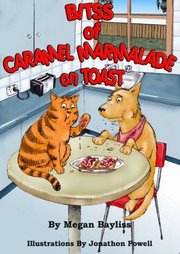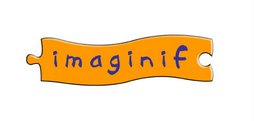 The concept of good touch/bad touch can be difficult to explain to children.
The concept of good touch/bad touch can be difficult to explain to children.Here’s two more play ideas to weave into everyday protective play.
Chatterbox: Make a chatterbox out of a square piece of paper (for instructions, click here). Most children know how to make one so ask the experts for assistance here! On the inside faces, include statements about good touch/bad touch. Children love a bit of rot so don’t make it all serious. Put something like, “You cuddled a koala and it pooped on you. / Boo Hoo, Poo Poo”. The aim is to get it into the child’s head that sometimes, good things turn to bad things and that it is okay to react when this happens.
Miming: When the children are bored and ask you what they can do, as a fun alternative to suggesting they clean their rooms, play a miming game, similar to Charades. Mime out a good touch that turns to a bad touch and then mime going to tell someone what has happened. The good touch/bad touch mime does not need to be around abuse. It could be greet kissing a friend who has very bad breath and the kiss turns into a breath holding session. If you choose to mime a cuddle that turns to a sexual touch please follow it up with a discussion about body ownership and the importance of telling someone what has happened.
If you would like to know more about Protective Behaviours and the BITTS model of Protective Play, click here.
If you have some protective play ideas, I'd love to hear them. Don't be shy, share them and help children and families all over the world.





